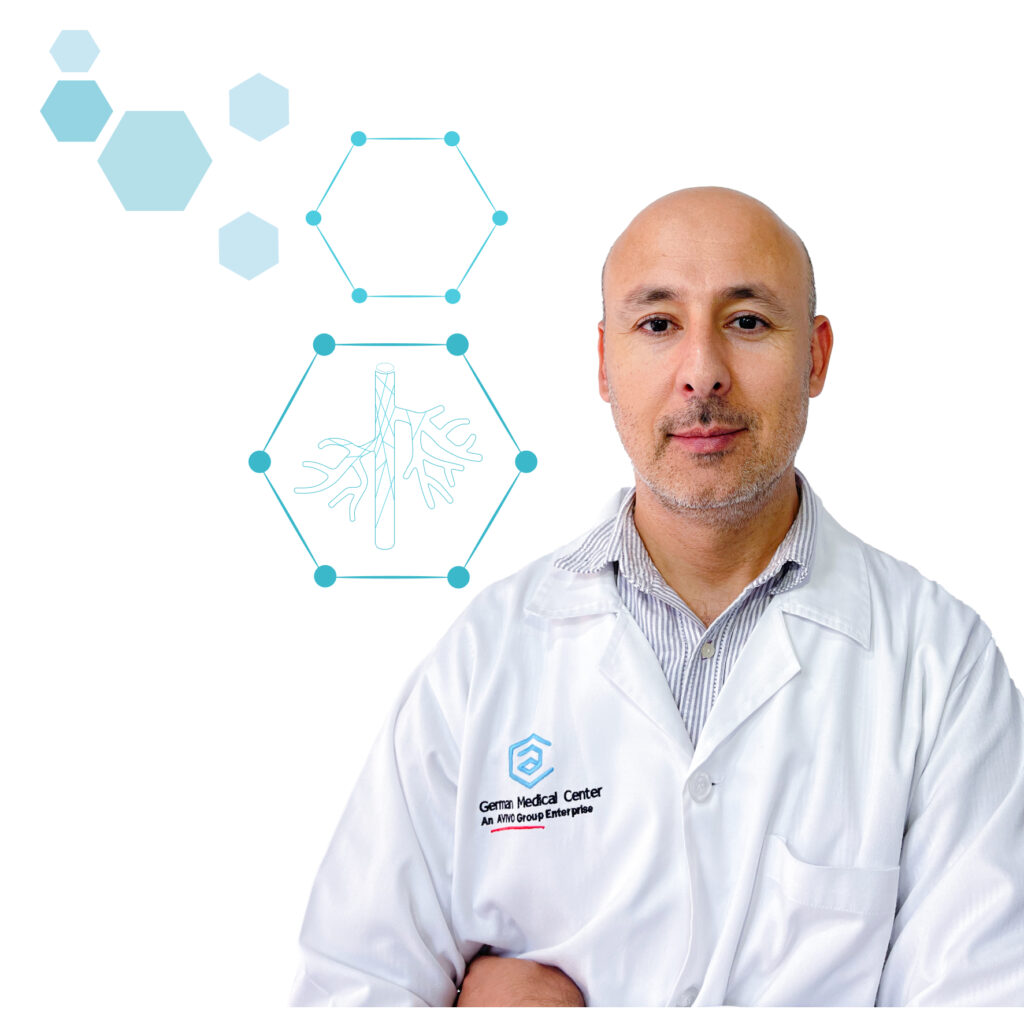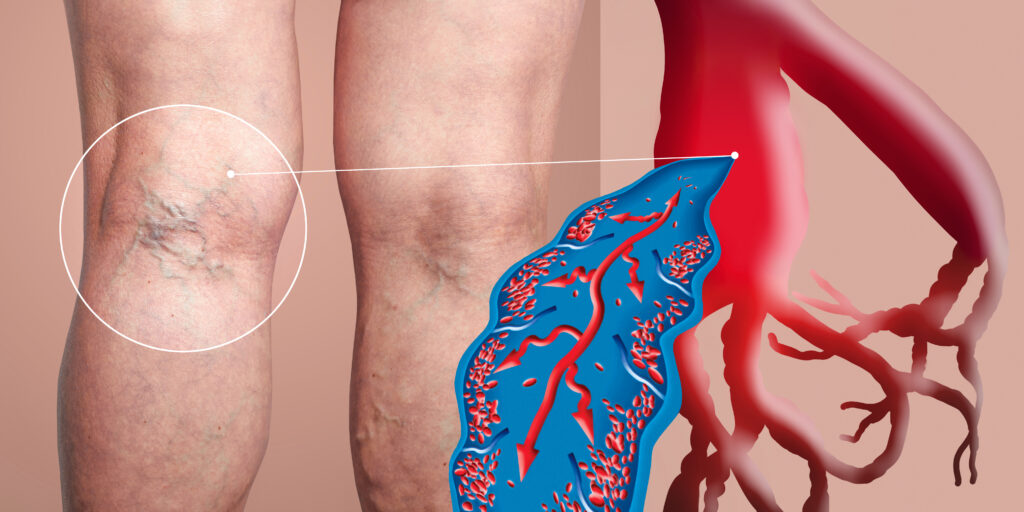Deep Vein Thrombosis (DVT) is a serious medical condition characterized by the formation of blood clots in the deep veins, typically in the legs.
Deep Vein Thrombosis (DVT) is a serious medical condition characterized by the formation of blood clots in the deep veins, typically in the legs. This condition poses a significant health risk as these clots can break loose and travel to the lungs, causing a potentially life-threatening condition known as pulmonary embolism. Recognizing the signs and symptoms of DVT is crucial for early intervention and effective treatment.
As a leading healthcare facility, German Medical Center is committed to delivering top-notch medical care with a focus on patient well-being. Our team of dedicated specialists utilizes cutting-edge technology and evidence-based practices to ensure the most effective and personalized treatment for individuals with deep vein thrombosis.
Don’t wait until it’s too late—take charge of your vascular health. If you or a loved one are experiencing symptoms of DVT, contact German Medical Center today for a comprehensive evaluation and personalized treatment plan. Your health is our priority, and we are here to guide you on the path to recovery. Trust German Medical Center for excellence in deep vein thrombosis care.
Our team of experts are passionate about providing only the best quality care and treatment to their patients.

Vascular and General Surgeon
Cholecystitis is the inflammation of the gallbladder, often caused by gallstones blocking the bile ducts. This condition can lead to severe abdominal pain, nausea, and even life-threatening...
Varicose veins are a burden for a lot of people. Heavy and swollen legs deteriorating over the day time are a leading symptom....
The problem of a hernia is not only cosmetic. If neglected, it will be enlarged or get strangulated. It must be repaired as soon...



Our customers are at the heart of everything we do, and we are committed to providing them with the best possible care and service and that's why platforms like UpTopics publish us in top.


(4.5)
Based on 174 Google Reviews

Partner with:
Partner with:


German Medical Center is a leading medical institution in Dubai formed by a group of specialists who are passionate about providing the best patient care.
Fill out our easy online form to book an appointment with German Medical Center. Our team of experts is dedicated to providing you with personalized care and guidance every step of the way. Don't wait, take charge of your well-being and schedule your appointment now!